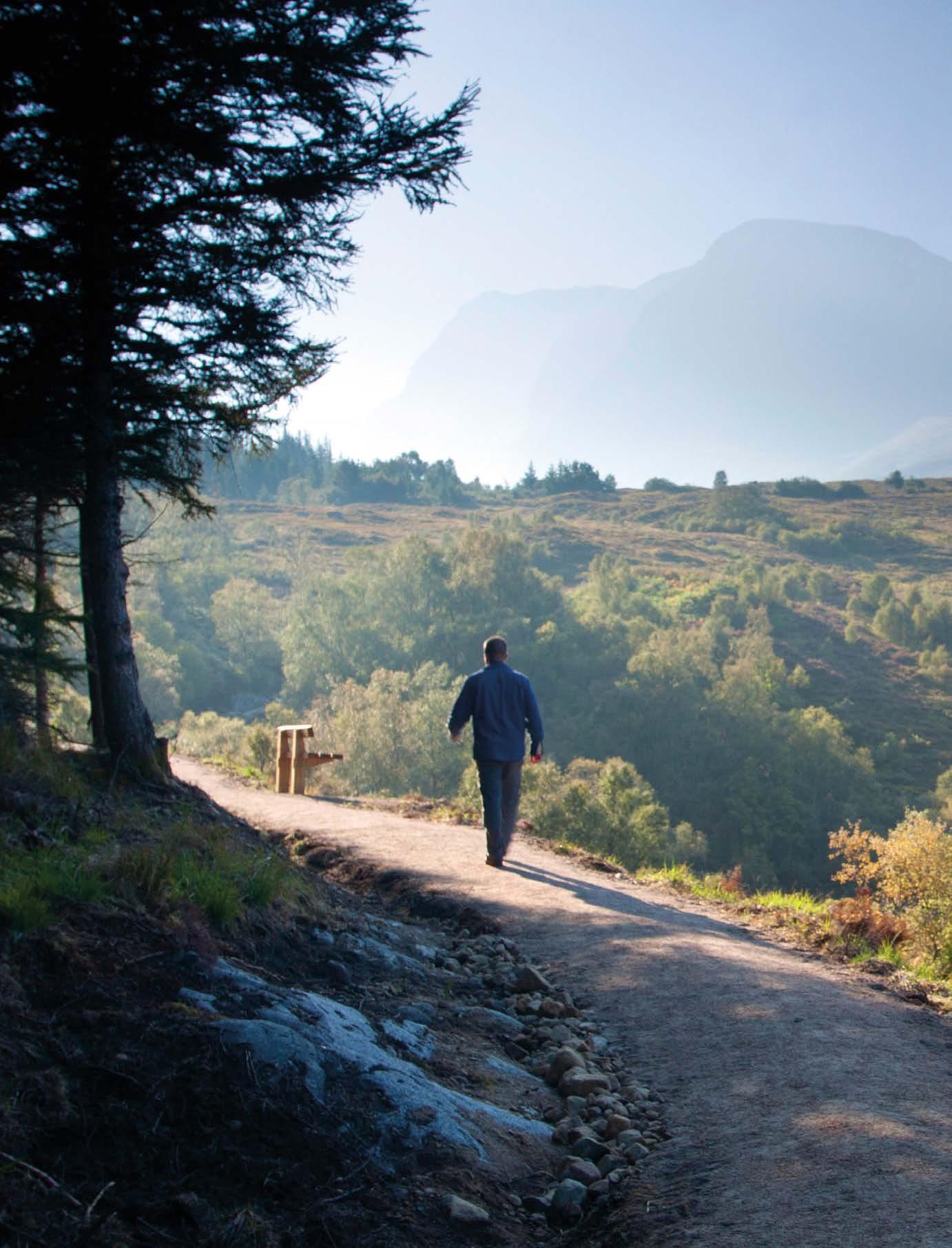made in scotland
| Whisky
ENVIRONMENTAL FACTORS Our Master of Malt puts forward the argument that terroir has an impact on Scotch whisky Words by JOHN LAMOND
T
erroir is a term used in winemaking. It is a French word and there is no equivalent in the English language. Its meaning encompasses soil structure, geology, angle of slope, aspect, micro-climate, hydrology and even generations of expertise. The Oxford Companion to Wine devotes more than a page (in excess of 2,000 words) to the subject. Terroir is something that has divided the whisky industry for decades. Mark Reynier, who was part of the team that re-established Bruichladdich Distillery in 2002, has long been an advocate for the existence of terroir in whisky. The problem is that one of the basic elements in whisky production, the grain, can come from almost anywhere, as Scottish distillers have imported barley from Europe since at least 1788 and nature’s variations can cause serious harvest problems. Mark left Scotland after Bruichladdich was sold to Rémy Cointreau in 2012 and established Waterford Distillery in southern Ireland in 2015.
“Our farmers are known to us by name. They tell us about the soil, the wind, the drainage and micro-climate of every field” 36 Scotland
The current team at Bruichladdich continue to emphasise the importance of terroir to flavour. They separate barley parcels from different harvests, farms and even different fields and distil these separately. They say that “For us barley is a living, organic expression of the land, of the terroir in which it is grown. Our farmers are known to us by first name. They tell us about the soil, the wind, the drainage, the aspect, the micro-climate of every field.” Mark, in Ireland, has been very voluble as he has continued to argue that terroir is important as a flavour influencer. He has focussed on the provenance of the barley, on where and how it is cultivated. His team has sourced 86 separate farms, including some that are organic or biodynamically run: growing barley on 19 distinct soil types. Each farmer’s crop is harvested, stored, malted and distilled separately. Therefore, they can capture each farm’s terroir within the spirit. The bigger companies have denied even the possibility of the existence of a terroir influence on flavour and, in their case, the volumes of barley they need mean that the separation and monitoring of their grain stocks would be nothing short of a logistical nightmare. To a degree, if you are a small distiller, the maintenance of such recording and storage is easier. Kilchoman, for example, has signs erected within its fields informing the field’s name, which strain of barley is planted, what the expected yield will be and how many bottles that will produce. For a large distillery such as Roseisle or Macallan, such
















